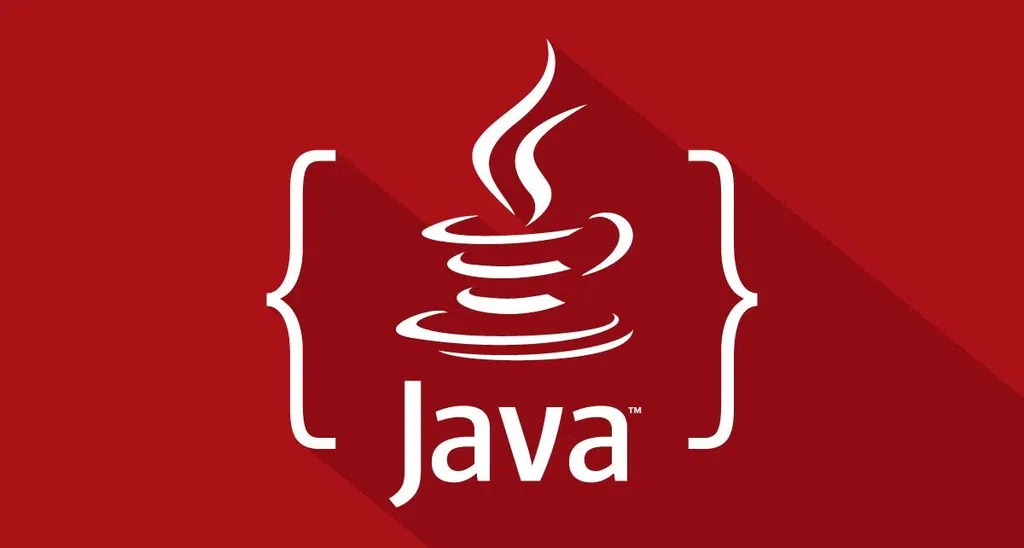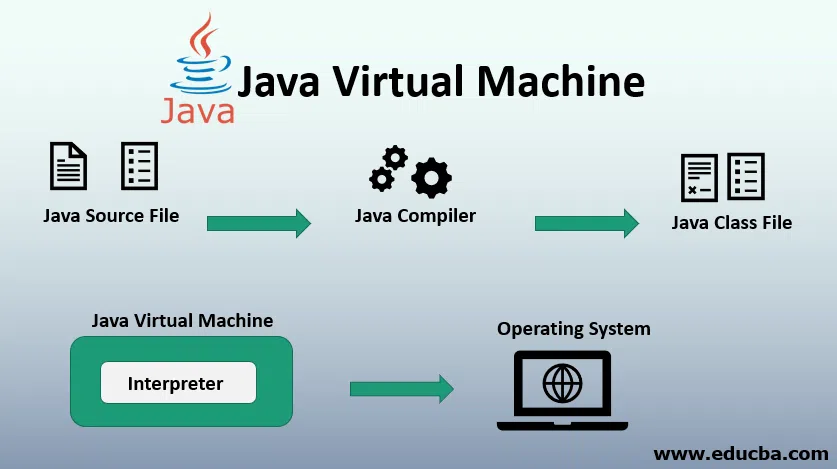Hello everyone
I’m cuongtran, student at java 21st
Today I will talk about java core for beginners who are passionate about programming
To start exploring Java Core, we need to understand the fundamental concepts of this programming language. Java, being a high-level, object-oriented, and platform-independent language, has become one of the most popular choices for software development worldwide. Java Core, the foundational part of Java, provides the essential tools and concepts needed to build powerful and efficient applications. In today’s discussion, we will delve into the key elements of Java Core, from basic syntax to object-oriented programming principles, helping you grasp the fundamental knowledge required to develop Java applications.
1. Introduction to Java
What is java core?
Java Core refers to the fundamental aspects and core components of the Java programming language. It encompasses the essential building blocks and concepts that form the foundation for Java programming. Understanding Java Core is crucial for developing robust and efficient Java applications
Concept JVM (Java Virtual Machine)
Java Virtual Machine (JVM) is a crucial component of the Java ecosystem, responsible for executing Java programs. The JVM provides a platform-independent execution environment for Java bytecode, allowing Java applications to run on any operating system without modification.
Concept of Java Runtime Environment (JRE) and Java Development Kit (JDK):
Java Runtime Environment (JRE):
Purpose: The JRE is the environment needed to run Java applications. It provides the basic components required for running Java programs, including the Java Virtual Machine (JVM), standard Java libraries, and configuration files.
Java Development Kit (JDK):
Purpose: The JDK is a toolkit required for developing Java applications. It includes everything provided by the JRE, along with additional tools and utilities that support the development and compilation of Java code.
2. Basic Syntax
Variables and Data Types
Primitive types (int, float, char, boolean), reference types (objects).
Operators
Arithmetic, comparison, logical, assignment operators.
Control Statements
if-else, switch-case, loops (for, while, do-while).
Arrays
Declaring and using one-dimensional and multi-dimensional arrays
3. OOP (Object-Oriented Programming)
What is OOP?
Object-oriented programming (OOP) is a programming paradigm based on the concept of “objects,” which can contain data and code to manipulate that data.
1. Class and Object
Class: A blueprint or template for creating objects. A class defines the attributes (variables) and methods (functions) that the objects of that class will have.
public class Car {
// Thuộc tính
private String color;
private String model;
// Constructor
public Car(String color, String model) {
this.color = color;
this.model = model;
}
// Phương thức
public void displayInfo() {
System.out.println("Color: " + color + ", Model: " + model);
}
}
Object: An instance of a class that contains specific values of the attributes and can call the methods of the class.
public class Main {
public static void main(String[] args) {
Car myCar = new Car("Red", "Toyota");
myCar.displayInfo();
}
}
2. Principles of OOP:
Encapsulation
Encapsulation is the practice of keeping an object’s attributes private and providing public methods to access and modify these attributes.
public class Person {
private String name;
public String getName() {
return name;
}
public void setName(String name) {
this.name = name;
}
}
Inheritance
Inheritance allows a subclass to inherit the attributes and methods of a superclass. The subclass can extend or override the superclass methods.
public class Animal {
public void eat() {
System.out.println("This animal eats.");
}
}
public class Dog extends Animal {
@Override
public void eat() {
System.out.println("The dog eats.");
}
}
Polymorphism
Polymorphism allows a method to take many forms. There are two types of polymorphism: compile-time polymorphism (method overloading) and runtime polymorphism (method overriding).
Method Overloading: Methods with the same name but different parameters
public class MathUtils {
public int add(int a, int b) {
return a + b;
}
public double add(double a, double b) {
return a + b;
}
}
Method Overriding: A subclass overrides a method of the superclass.
public class Animal {
public void sound() {
System.out.println("Animal makes a sound");
}
}
public class Cat extends Animal {
@Override
public void sound() {
System.out.println("Cat meows");
}
}
Abstraction
Abstraction is the concept of defining the structure and behavior of objects without going into the details of implementation. This can be achieved using abstract classes and interfaces.
Abstract Class: Can contain both concrete methods and abstract methods.
public abstract class Shape {
abstract void draw();
}
public class Circle extends Shape {
@Override
void draw() {
System.out.println("Drawing Circle");
}
}
Interface: Contains only abstract methods (Java 8 and above can have default and static methods).
public interface Drawable {
void draw();
}
public class Rectangle implements Drawable {
@Override
public void draw() {
System.out.println("Drawing Rectangle");
}
}
conclude
- Object-Oriented Programming (OOP) is a powerful paradigm that brings a structured approach to software development through the use of objects and classes. By leveraging core principles such as encapsulation, inheritance, polymorphism, and abstraction, developers can create modular, reusable, and maintainable code.
- Encapsulation ensures that an object’s internal state is protected from unintended modifications, while providing a clear interface for interaction.
- Inheritance promotes code reuse and establishes a hierarchical relationship between classes, allowing new functionalities to be added with minimal changes to existing code.
- Polymorphism enhances flexibility by allowing objects to be treated as instances of their parent class, enabling method overloading and overriding for dynamic behavior.
- Abstraction simplifies complex systems by defining high-level interfaces and hiding implementation details, which aids in managing and understanding the codebase.
- Adhering to SOLID principles further enhances the design of OOP systems by promoting single responsibility, extensibility, proper substitution, interface segregation, and dependency inversion. These principles help create robust and scalable applications, reducing the likelihood of bugs and making future modifications easier.
- Mastering OOP concepts and principles is crucial for developing efficient and effective software. As you continue to build your programming skills, understanding and applying these OOP principles will lead to better-organized code and more successful projects.
Thanks for reading the blog post. love you soo much!! ❤😍😘





Bình luận